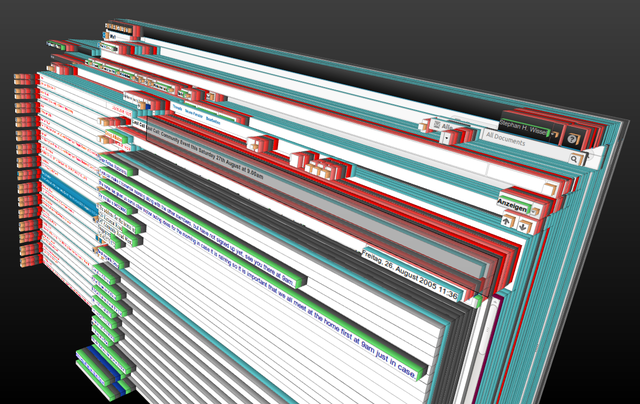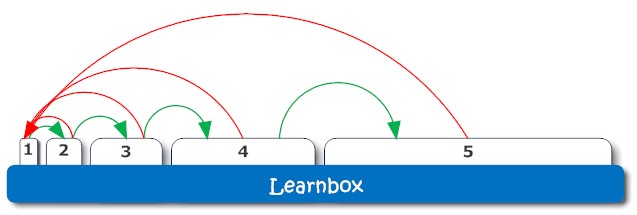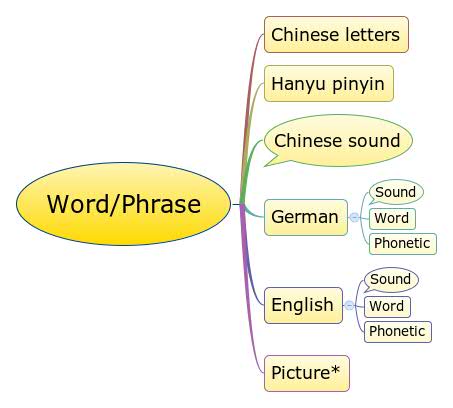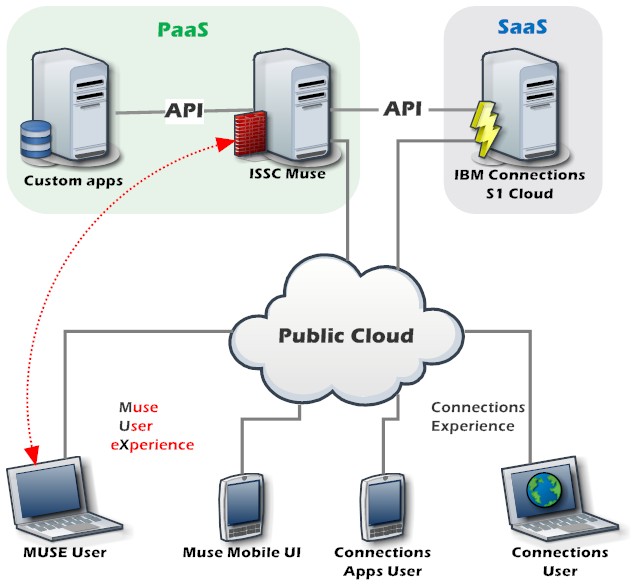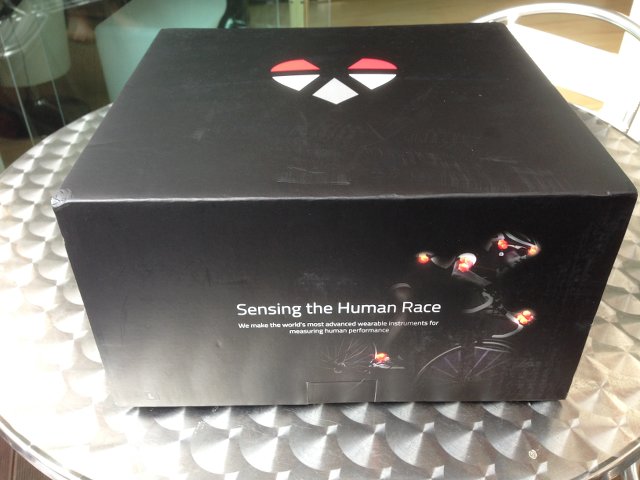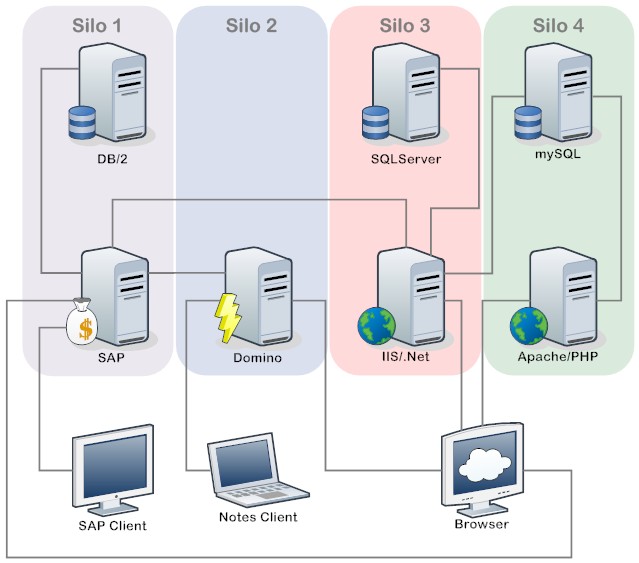Karma has gotten
some attention lately, while I muse it for
some time. The common short explanation is "
What goes around comes around" or in other words: "
Every action (or inaction) you take has consequences, you ultimately will be confronted with". We are reminded by various spiritual traditions , that nothing good can come from a bad deed and that good deeds will yield (in mysterious ways, somewhen) good results.
This is where the trouble starts. Our and the mystic perceptions what is "good" and what is "bad" differ greatly.
Pop literature links wealth, affluence and influence to "good Karma". Someone poor or suffering easily gets dismissed as "(s)he has bad Karma".
I think that misses the point completely.
Taking a step back: Buddhist (and others in similar ways) believe we are trapped in a cycle of
Samsara that leads us through many lifetimes. Ending Samsara and suffering is the goal of enlightenment (I'm simplifying here). The main force holding us in Samsara is
Maya: the illusion of existence. Now adding
nice things to our life binds us deeper to Maya, making liberation more remote, so I doubt that this is a good thing per se. And happiness somehow
works differently anyway.
If luxury would be the answer, the road to enlightenment would lead through the
god realm, which Buddhists believe is a detour. Some scholars argue that our western civilization is god realm like (I'll add a link when I rediscover it) and there's leisure displaying compassion and joyful effort.
Looking at it from a different angle might explain it better:
The currency of Karma is compassion. Compassion for all living beings. That includes yourself, so no point moving under the bridge since "it isn't real". Looking after yourself is a requirement, so you can
sustainable look after others. IMHO
Good Karma is what makes it easier to be compassionate. Your good deeds will make it easier for you in the future to make good deeds. Any ulterior motive might disqualify your actions as good deeds. So if you think improvements in your financial situation are the result of good Karma, you mix cause and effect (which anyway only exist interdependent). An improvement in your personal situation isn't the reward, but the enablement for greater compassion - and it makes you happy for a while, happy people are contagious.
This also reconciles Karma and free will: Contrary to the common perception "It was Karma, that this happened" you end up with "Life offered a situation, I made a decision, now I'm presented with the consequences". Of course all consequences turn into offerings of situations. I think it is a folly to conclude: hardship is automatically an indication of bad Karma (it might).
The best analogy: there is a weight of 100kg you are supposed to lift (quite a hardship for most of us)! So what's the conclusion? Bad Karma? Nope: if you have trained hard, that might be the final test and reward that you mastered your training and you will lift it. Same with life: a difficult situation could be anything: a result of a bad deed or an invitation to show your skilfulness: maintain compassion no matter what.
In the words of
beloved teacher: "
Life dealt you cards, you make your Karma how you play them"
